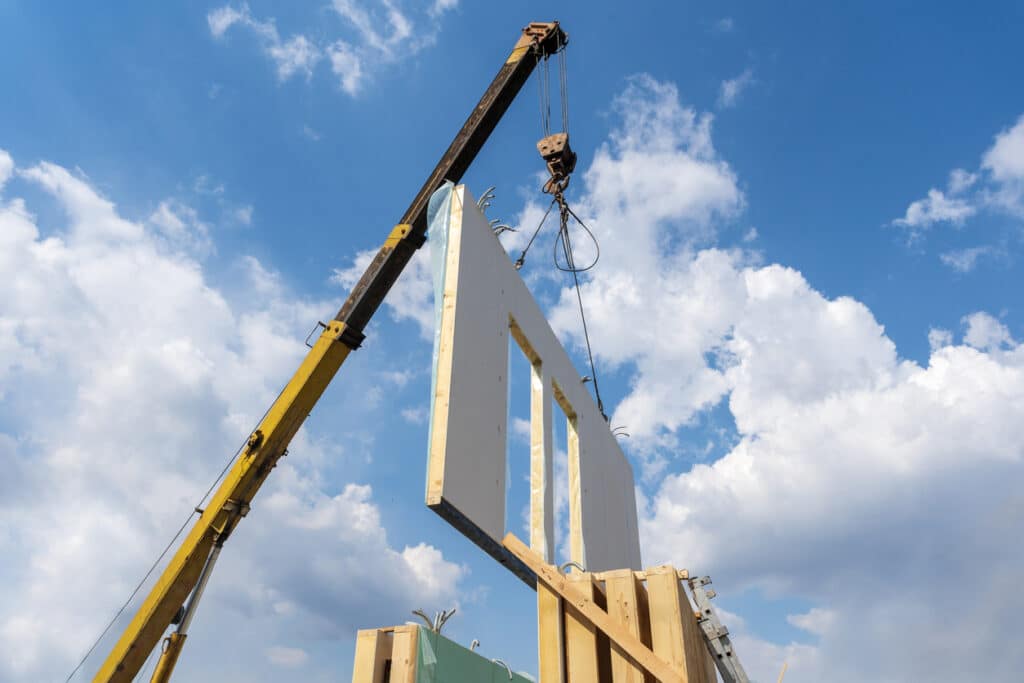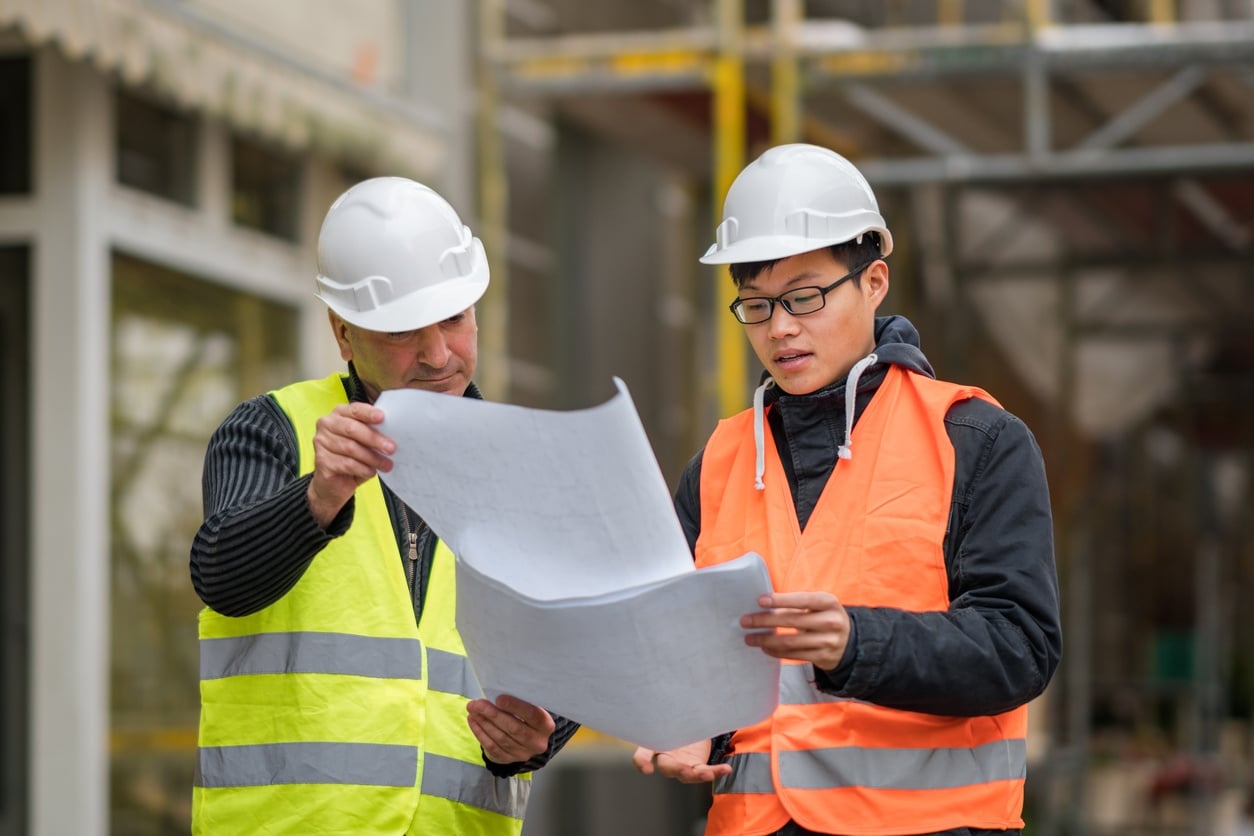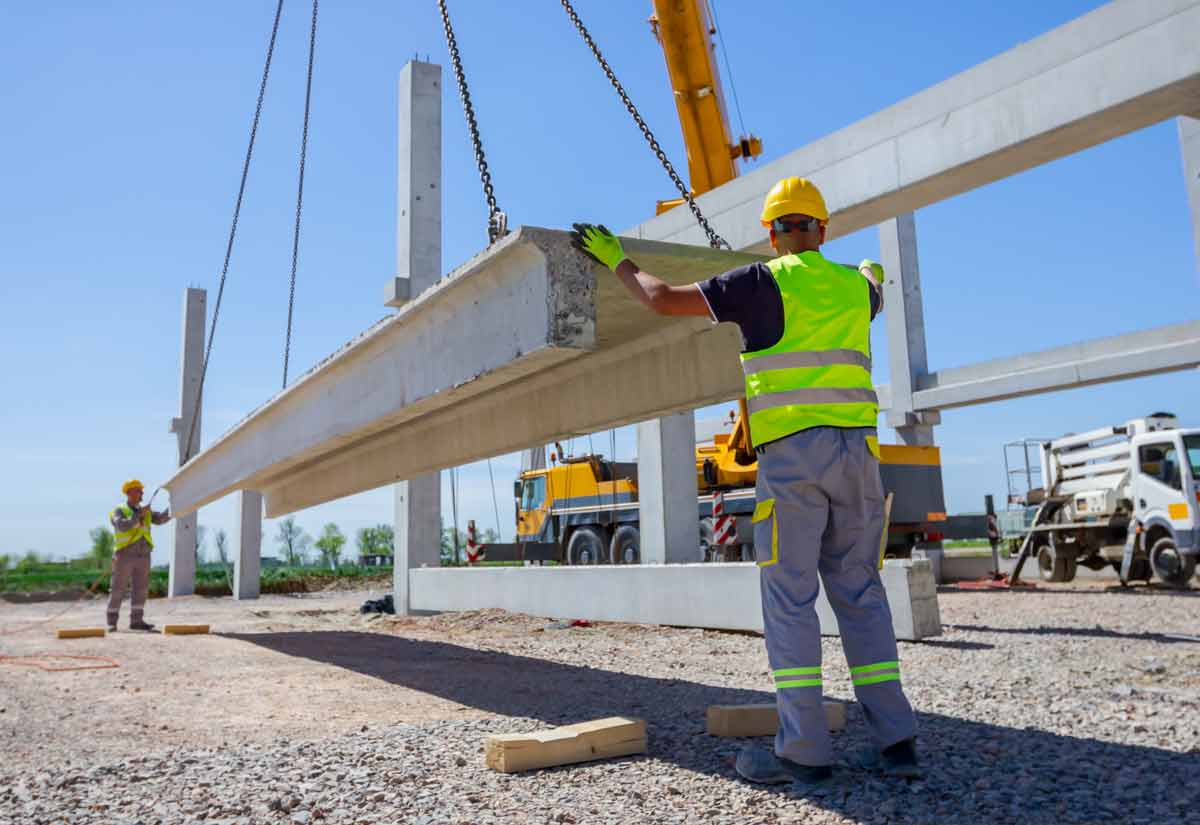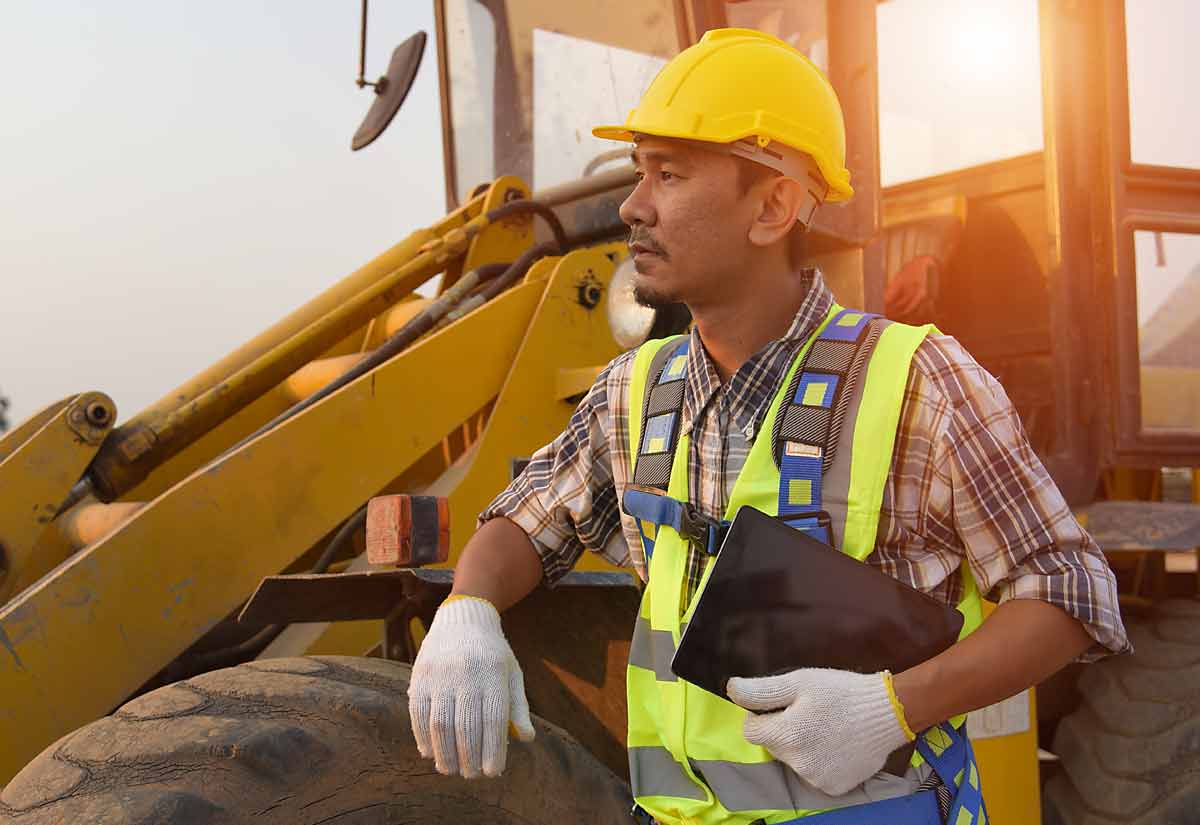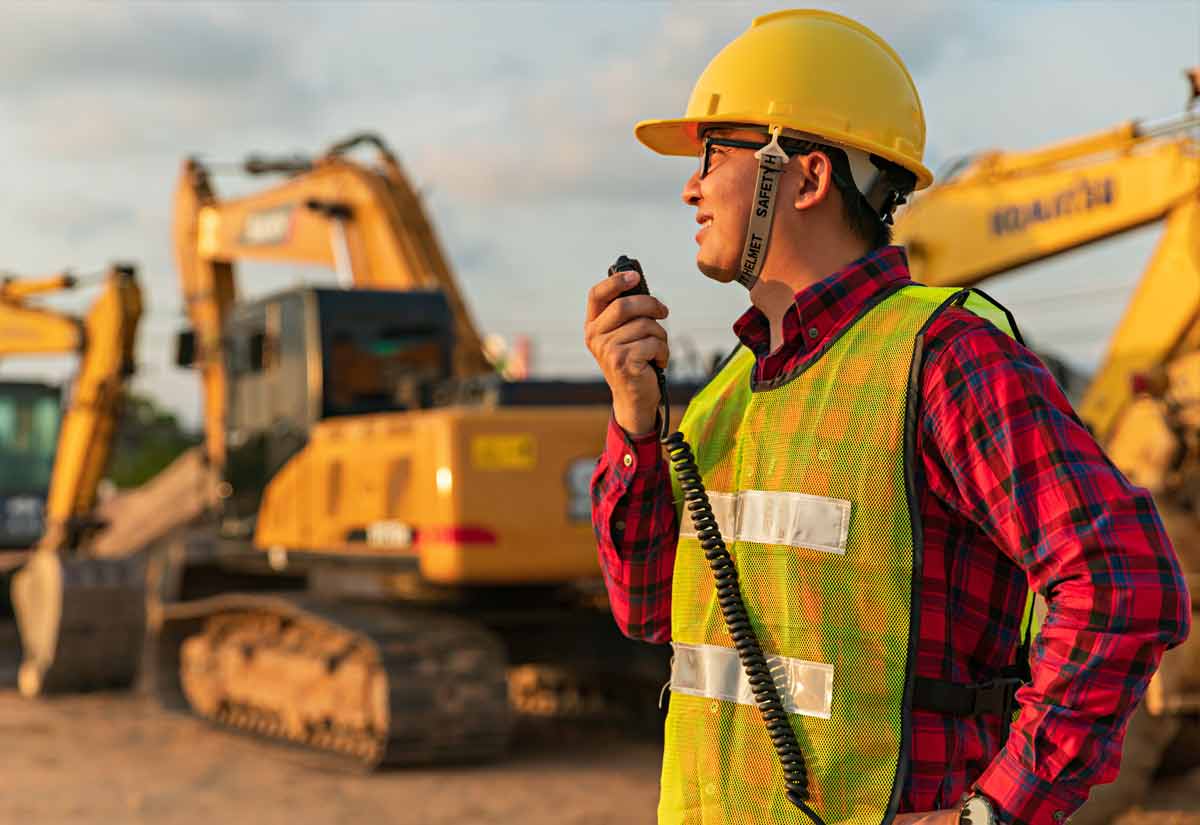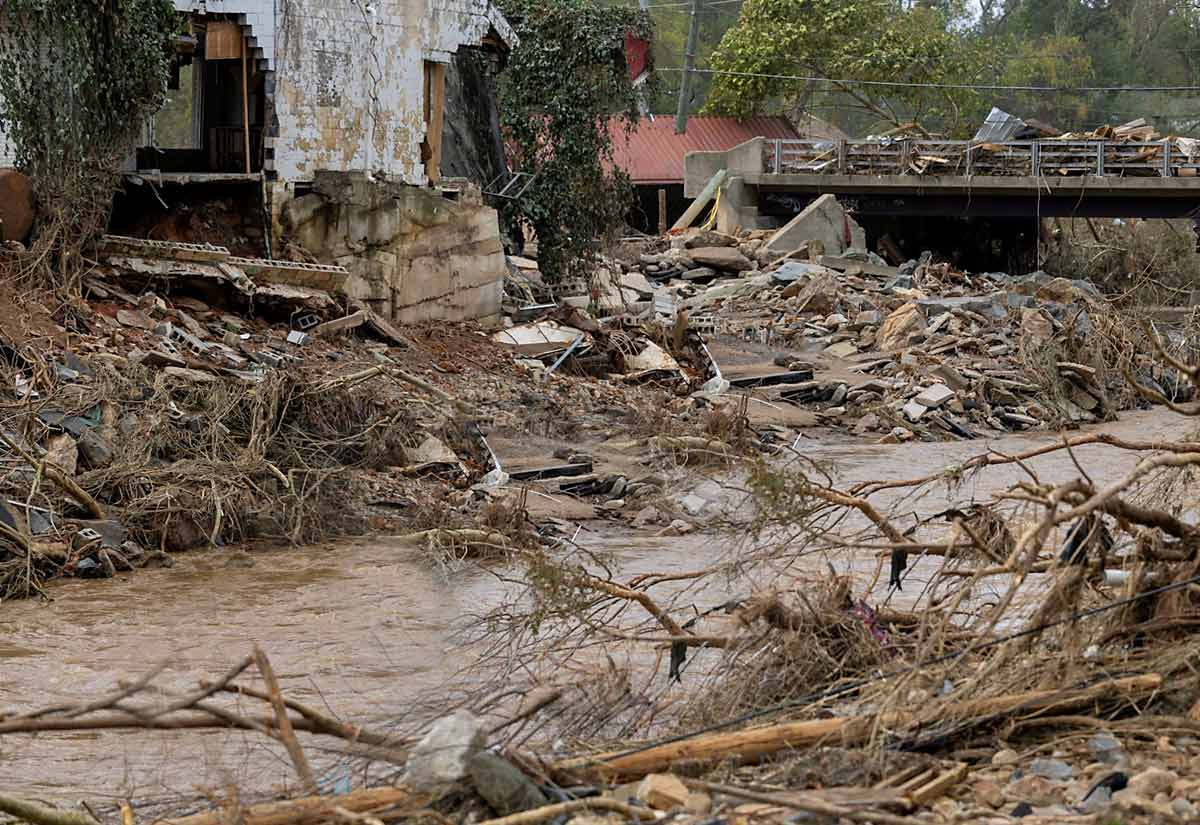Despite COVID-19 shuttering construction sites, introducing supply chain frictions and creating economic turmoil for construction companies, the overall outlook of civil, residential and commercial construction is bright. Recent reports suggest that the United States construction market will record a CAGR of 5% from 2020 to 2024 — becoming a 1.428 trillion dollar industry.
With trends of vertical integration, augmented consolidation and digitization picking up pace in the construction industry, off-site construction continues to grow. According to McKinsey, an “increase in off-site construction” is a key component of remaining viable in a post-crisis ecosystem.
Building cost-effective, high-quality housing and commercial buildings rapidly involve intersections of lean construction, advanced manufacturing, and panelized and modular off-site construction.
Modular/Panalized Buildings and Post-COVID Resiliency
Off-site construction typically happens through two means.
- Panelized construction: Walls and floors are developed off-site and pulled together on-site.
- Modular constructions: Entire rooms are built off-site and craned to an on-site location.
The advantages of off-site construction are hard to ignore. The pains of on-site management (which are currently amplified) are nearly erased. Project management becomes hinged to supply chain management, forcing companies to focus on strengthening supply chains for Industry 4.0. As a result, cost, speed and accuracy are all improved since components can be constructed in controlled environments.
In the U.K., The Advanced Industrialised Methods for the Construction of Homes (AIMCH) project (funded by Innovate U.K.) recently suggested that off-site construction could “become the new normal.” Fifty-seven percent of activities in construction are non-value adding. On the opposite end, 62% of activities are value-added on the manufacturing side.
COVID-19 is accelerating a trend. Off-site construction was already poised to disrupt construction. It reduces workplace accidents, increases labor productivity by 30%, and saves costs on construction projects while increasing quality-of-build. Furthermore, off-site manufacturing enables automation, digital transformation and IoT — three levers that unlock value in modern construction. A recent study by AMA Research highlighted these value levers and signified that both modular and panelized construction are set to grow over the coming years — partially fueled by a hunger for post-COVID resiliency.
Reduced Emissions, Increased Throughput and Tighter Quality Control
Truthfully, statistics and research regarding modular building is sparse. According to Haley Thornley — editor of the recent Prefabricated Volumetric Building Systems Market Report — “The outlook for the volumetric building systems market remains difficult to predict given the lack of published data in this sector and the continued uncertainty.”
But there are some obvious benefits to off-site construction, including:
- Reduced labor needs: According to McKinsey, construction productivity has fallen by half of its 1960s high. The primary reason for this decline was the ongoing labor shortage in the industry. Off-site construction reduces labor needs on the construction side. Of course, this increases labor needs on the manufacturing side, but with the continued rise of automation and IoT, those needs are quickly being met by advanced technologies.
- Tighter quality control: IoT sensors, automation and controlled environments all make modular and panelized construction more quality-bearing and consistent than on-site projects.
- Reduced emissions: The Global Status Report for Buildings and Construction suggests that on-site construction contributes to 39% of energy-related carbon dioxide emissions. Off-site facilities can leverage energy-saving technology and emission control standards that are impossible to replicate on on-site projects.
- Increased throughput: Bespoke modular buildings can be constructed in a matter of weeks and craned on-site in days. Compared to traditional projects, the speed of on-site construction is hard to beat. As the industry grows, supply chain solidity will increase this throughput, leading to unparalleled construction throughput.
Tackling the Post-crisis Ecosystem with Change Management
Off-site construction, talent acquisition and long-term digitization are all pillars to emerging victorious in a post-COVID environment. Construction companies should evaluate these emerging solutions to see if they fit into their current project strategy. At Resource Erectors, we can help you find best-in-class construction talent to facilitate your on-site projects and off-site roadmap. Contact us to learn more.
